How 'freakosystems' are becoming the norm
Ecosystems are changing permanently
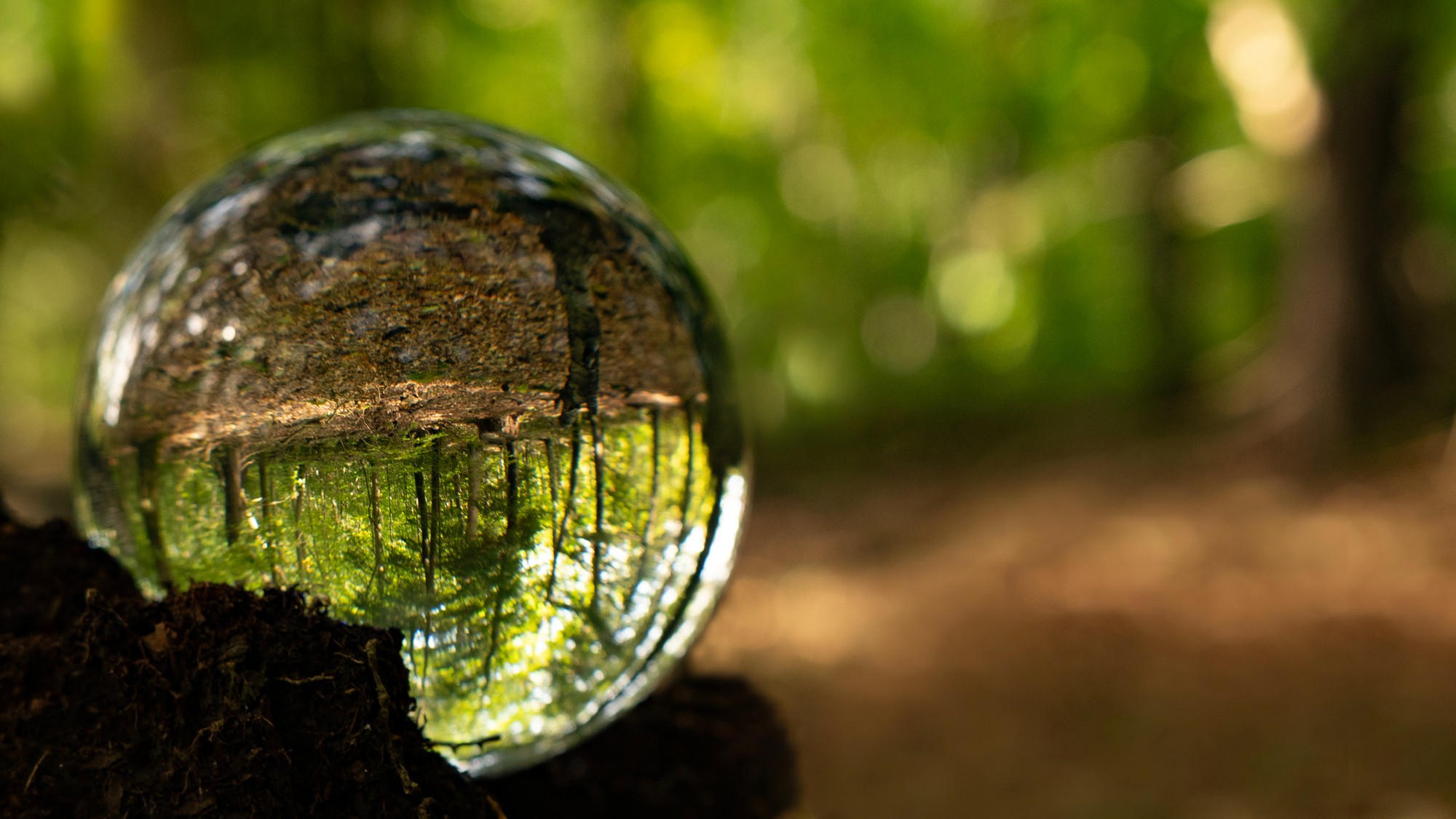
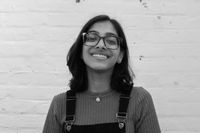
Ecosystems are changing in a way that cannot be reversed, transforming into human-made "freakosystems." In these environments, native and non-native species live together. Such systems provide conservation challenges, but they may also be what most landscapes look like in the future.
What are freakosystems?
"Freakosystems," also called novel ecosystems, are "autonomous, wild ecosystems that deviate from natural baselines because of human activities," said Jens-Christian Svenning, an ecologist and professor at Denmark's Aarhus University, to the BBC. They may "contain combinations of species never before seen in history, with some native species living alongside other species introduced by humans beyond their historically recorded ranges or driven into new locations by climate change."
Hawaii is a prime example of this. The isolated nature of the state made it a "petri dish for the emergence of unique species," said the BBC. Due to human influence, "we have lost about 100 different plant species," and "60% of our bird species have all gone extinct since we arrived," Corey Tarwater, an associate professor and ecologist at the University of Wyoming, said to USA Today. Furthermore, "about 40% of the species on the U.S. threatened and endangered species list are in Hawaii," despite the state only making up about 1% of the country's landmass.
The Week
Escape your echo chamber. Get the facts behind the news, plus analysis from multiple perspectives.

Sign up for The Week's Free Newsletters
From our morning news briefing to a weekly Good News Newsletter, get the best of The Week delivered directly to your inbox.
From our morning news briefing to a weekly Good News Newsletter, get the best of The Week delivered directly to your inbox.
Despite these challenges, there still seems to be a thriving ecosystem in Hawaii. The wildlife "developed a level of organization typically present in stable ecosystems that have evolved together for millennia" — a freakosystem, said The Carbon Almanac. The tropical forests of the state are a "tapestry of non-native species introduced from every corner of the planet: Brazilian peppertree, Indonesian cinnamon and roseleaf bramble from the Himalayas and Australia," said the BBC.
What does this mean for the future?
Hawaii is not the only place to observe novel ecosystems. One estimate posits that "about 30% to 40% of our terrestrial land masses is already considered a novel ecosystem," said Tarwater. While freakosystems require human influence to start, they have "grown to become self-sustaining and do not rely on human management," said The Carbon Almanac.
"Many of the non-native species have become deeply integrated into the ecosystems, with some even evolving traits to better fit the area that they invaded," said The Carbon Almanac. For example, non-native birds can "eat fruit and spread seeds, just like the now-extinct native birds once did," said KHON2. While this is not necessarily a bad thing, the rise of freakosystems can also lead to the permanent death of many native species.
Freakosystems pose a challenge for ecologists and conservationists, who are "forced to reevaluate strategies for preserving native species and restoring ecosystems," said The Carbon Almanac. Non-native species, especially those that are invasive, have long been a target of conservation efforts because they can potentially damage ecosystems.
A free daily email with the biggest news stories of the day – and the best features from TheWeek.com
But these novel ecosystems are painting a different picture. "You certainly don't want to target the non-native birds that are helping promote dispersal of native plants, and you don't need to target the non-native plants that aren't really doing too much harm to the environment," said Tarwater.
Human action and climate change will likely only create more freakosystems. According to a 2024 study, novel ecosystems could make up over 80% of the land surface by 2300. "With ecological novelty as the new normal, our planet's future — and the question of whether a positive or negative biodiversity trajectory will ensue — is an as-yet unwritten story," said the journal Nature.
Devika Rao has worked as a staff writer at The Week since 2022, covering science, the environment, climate and business. She previously worked as a policy associate for a nonprofit organization advocating for environmental action from a business perspective.
-
 What will next year’s housing market look like?
What will next year’s housing market look like?The Explainer Here is what to expect from mortgage rates and home prices in 2026
-
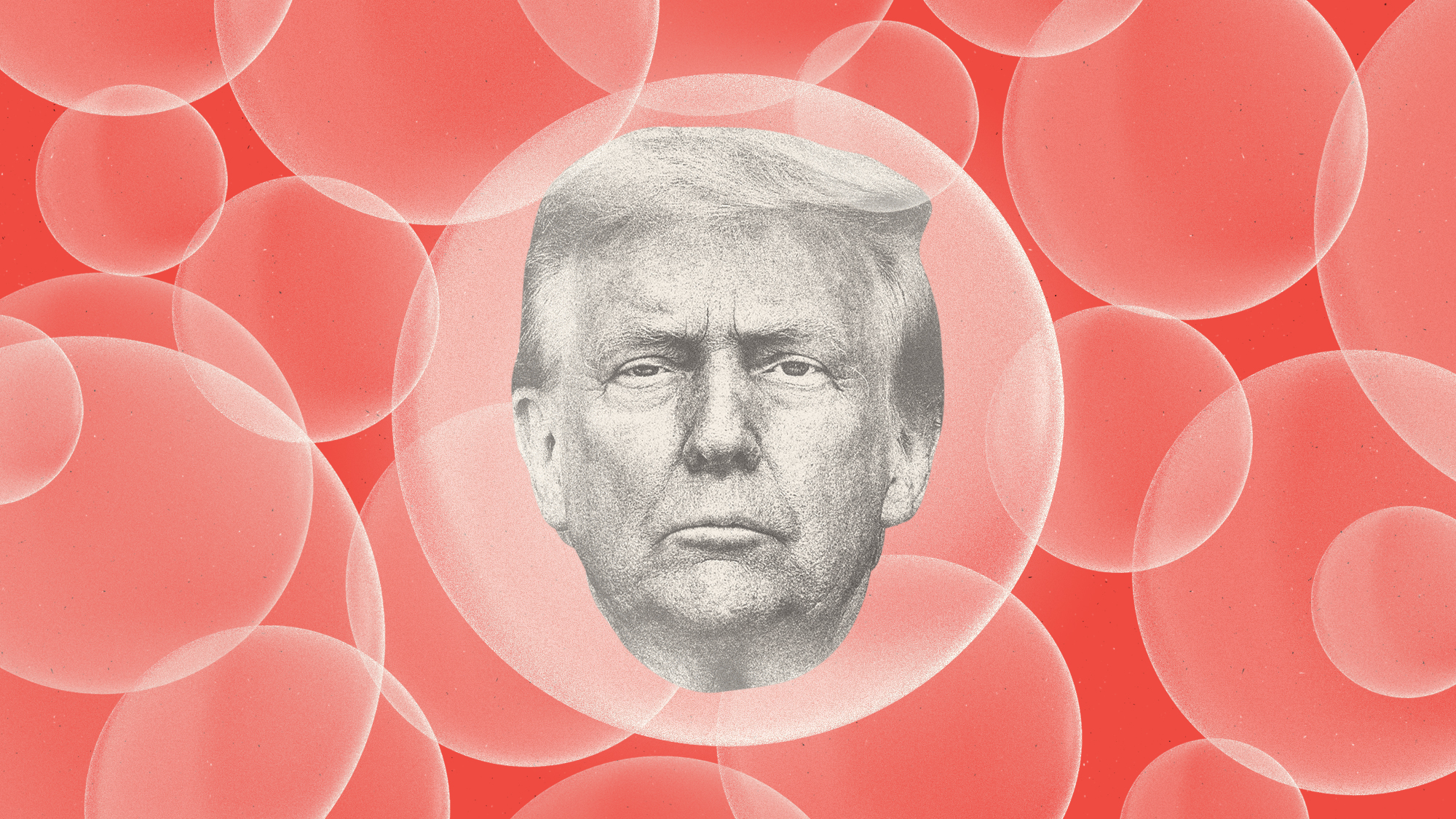 Is Trump in a bubble?
Is Trump in a bubble?Today’s Big Question GOP allies worry he is not hearing voters
-
 ‘Managed wildfires have spread out of control before’
‘Managed wildfires have spread out of control before’Instant Opinion Opinion, comment and editorials of the day
-
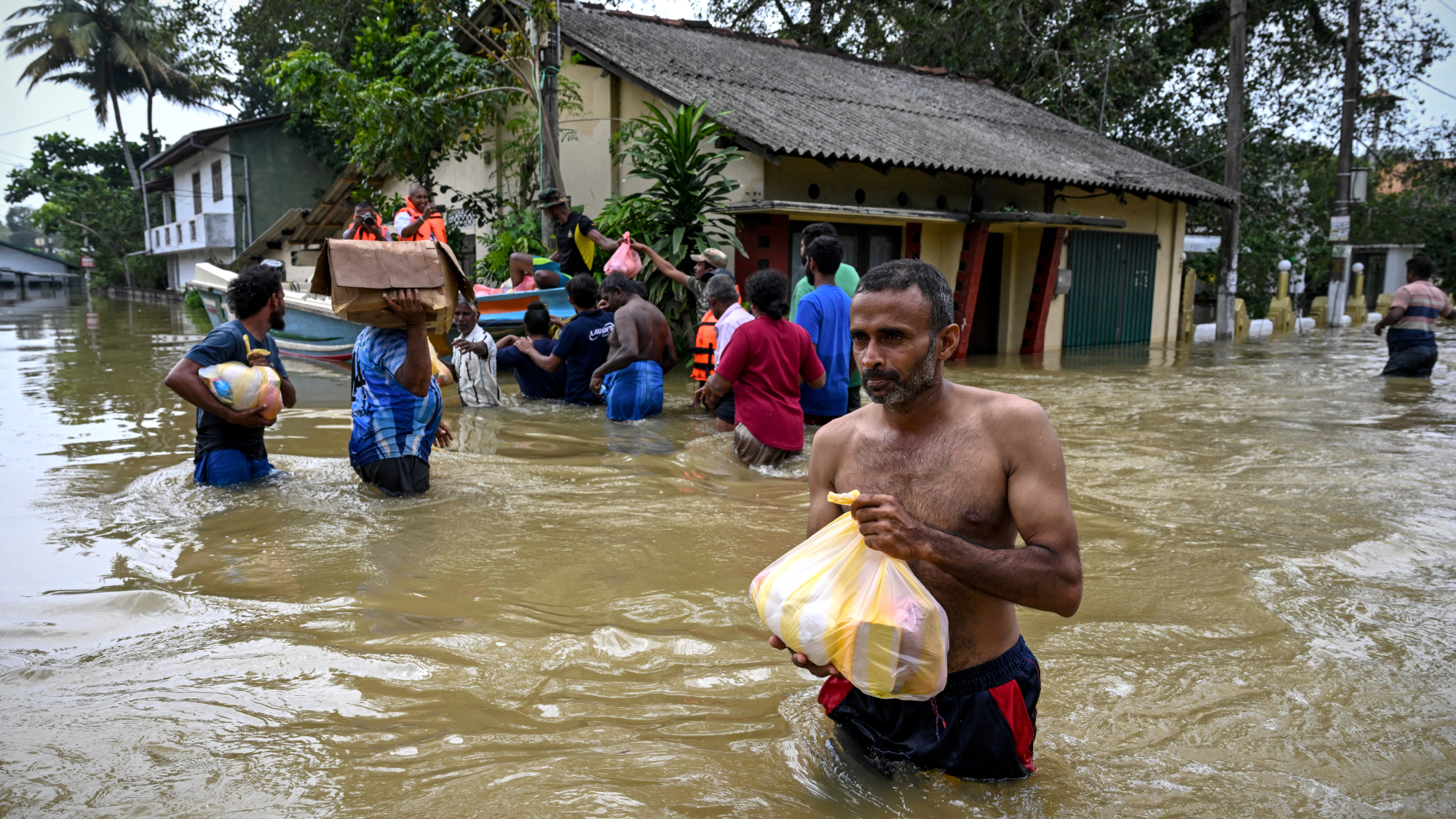 Death toll from Southeast Asia storms tops 1,000
Death toll from Southeast Asia storms tops 1,000speed read Catastrophic floods and landslides have struck Sri Lanka, Indonesia, Thailand and Malaysia
-
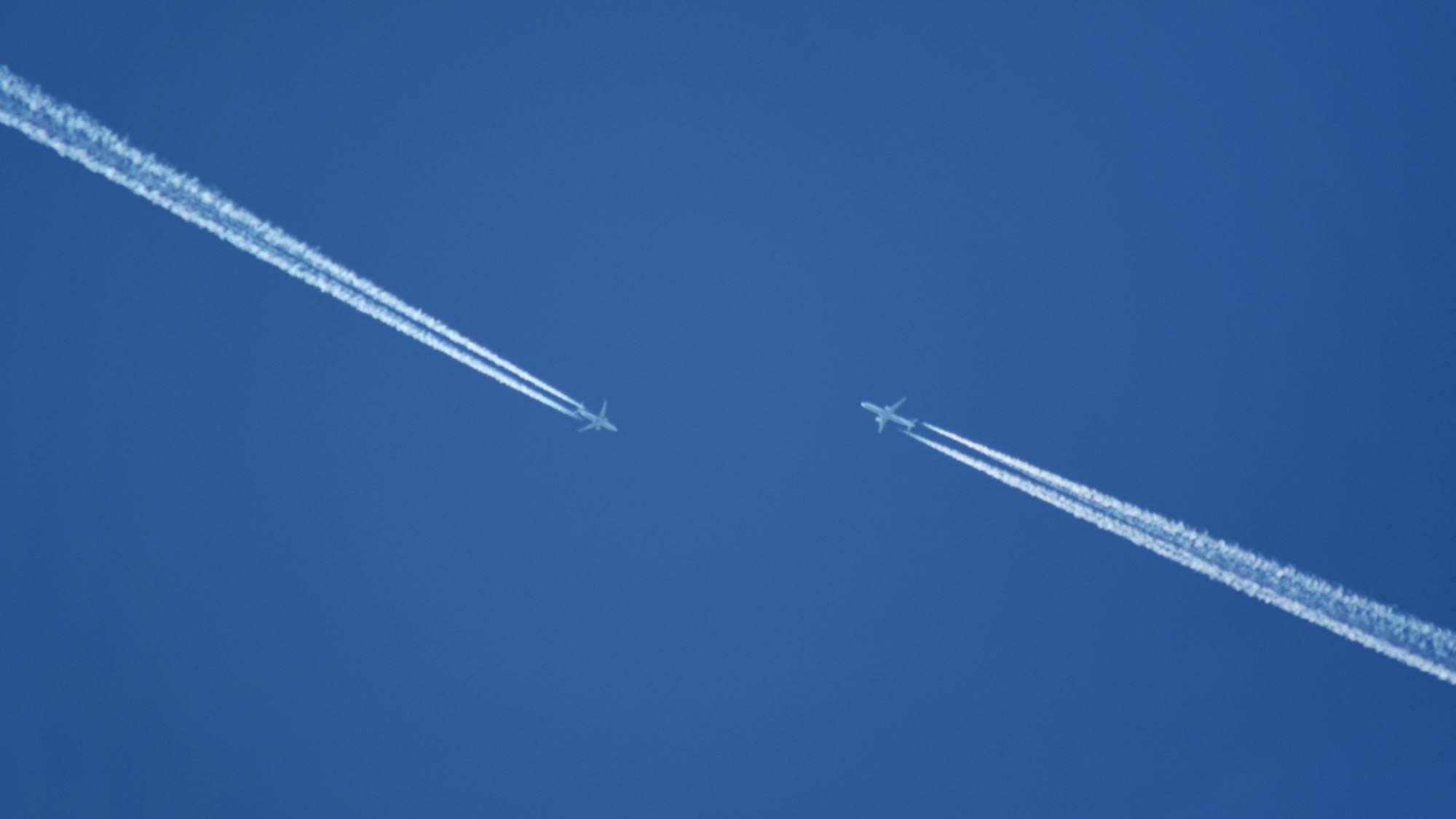 Can for-profit geoengineering put a pause on climate change?
Can for-profit geoengineering put a pause on climate change?In the Spotlight Stardust Solutions wants to dim the sun. Scientists are worried.
-
 How will climate change affect the UK?
How will climate change affect the UK?The Explainer Met Office projections show the UK getting substantially warmer and wetter – with more extreme weather events
-
 Can the UK do more on climate change?
Can the UK do more on climate change?Today's Big Question Labour has shown leadership in the face of fraying international consensus, but must show the public their green mission is ‘a net benefit, not a net cost’
-
 Did Cop30 fulfil its promise to Indigenous Brazilians?
Did Cop30 fulfil its promise to Indigenous Brazilians?Today’s Big Question Brazilian president approves 10 new protected territories, following ‘unprecedented’ Indigenous presence at conference, both as delegates and protesters
-
 Can the world adapt to climate change?
Can the world adapt to climate change?Today's Big Question As the world gets hotter, COP30 leaders consider resilience efforts
-
 Taps could run dry in drought-stricken Tehran
Taps could run dry in drought-stricken TehranUnder the Radar President warns that unless rationing eases water crisis, citizens may have to evacuate the capital
-
 The future of the Paris Agreement
The future of the Paris AgreementThe Explainer UN secretary general warns it is ‘inevitable’ the world will overshoot 1.5C target, but there is still time to change course
